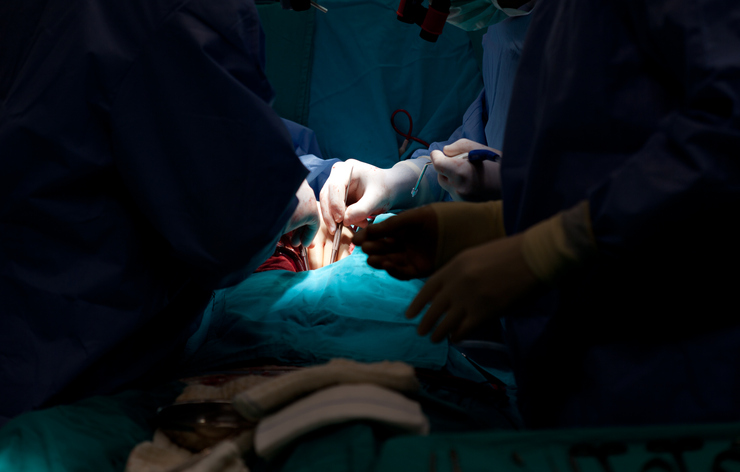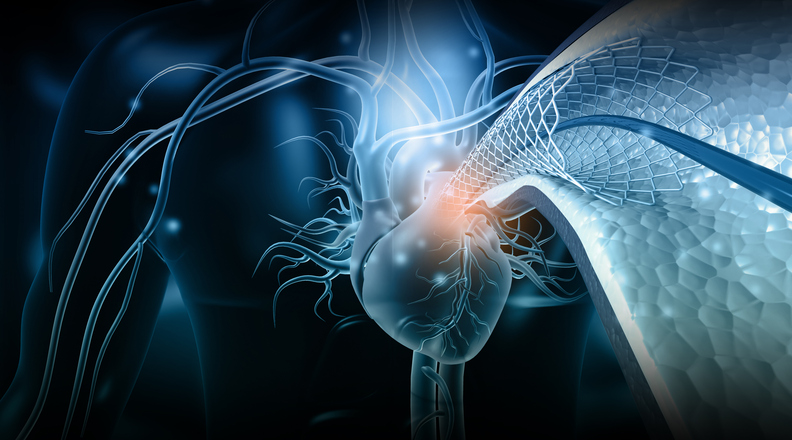Researchers for this paper aimed to investigate esophageal lesions and gastric hypomotility caused by left atrial posterior wall isolation (LAPW). The study included 101 patients with persistent atrial fibrillation (AFib)
Researchers for this paper aimed to investigate esophageal lesions and gastric hypomotility caused by left atrial posterior wall isolation (LAPW). The study included 101 patients with persistent atrial fibrillation (AFib) undergoing LAPW isolation using a cryoballoon. According to the results, all pulmonary veins were successfully isolated. Of those, 71.3% were performed using solely a cryoballoon. Cryofreezing applications were interrupted due to low luminal esophageal temperatures in 49 (48.5%) patients, mostly during the LA bottom line ablation. Esophageal lesions were observed in 11 (10.9%) and gastric hypomotility was observed in 16 patients (15.8%).
LAPW isolation using a cryoballoon. According to the results, all pulmonary veins were successfully isolated. Of those, 71.3% were performed using solely a cryoballoon. Cryofreezing applications were interrupted due to low luminal esophageal temperatures in 49 (48.5%) patients, mostly during the LA bottom line ablation. Esophageal lesions were observed in 11 (10.9%) and gastric hypomotility was observed in 16 patients (15.8%).
Shiget T, Okishige K, Aoyagi H, et al. Pacing Clin Electrophysiol. 2018;doi:10.1111/pace.13578







 © 2025 Mashup Media, LLC, a Formedics Property. All Rights Reserved.
© 2025 Mashup Media, LLC, a Formedics Property. All Rights Reserved.